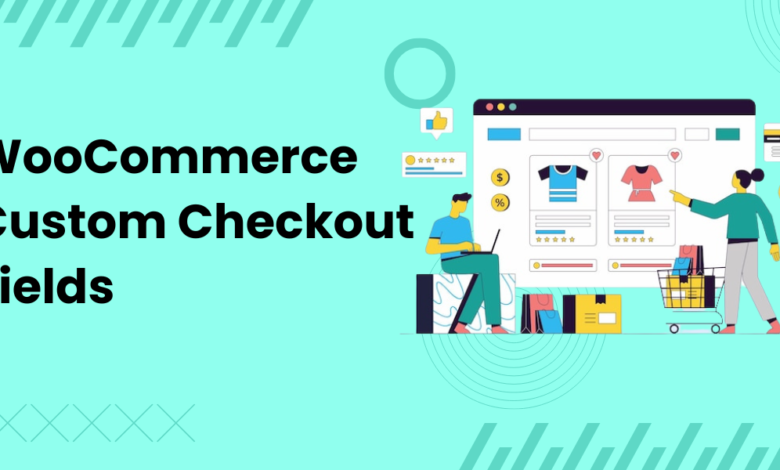
The checkout page in WooCommerce is a critical part of the shopping journey, often determining whether a customer completes their purchase or abandons their cart. Many WooCommerce users, especially new eCommerce store owners, may feel restricted by the default checkout fields and layout. Fortunately, WooCommerce allows you to customize these checkout fields, offering flexibility to enhance the user experience and streamline the checkout process.
In this guide, we’ll discuss how to edit checkout fields in WooCommerce and how using the Conditional Checkout Fields plugin can add functionality and flexibility to your checkout page, ultimately improving conversion rates and customer satisfaction.
Why Edit WooCommerce Checkout Fields?
The default WooCommerce checkout page includes essential fields for billing and shipping, but these may not suit every business’s needs. Editing checkout fields allows you to:
- Collect Relevant Information: Only ask for the information you need. For example, digital goods may not require a shipping address, while a service-based business might need extra details such as time preferences.
- Simplify the Checkout Process: Simplifying or hiding irrelevant fields can speed up the checkout, reducing cart abandonment and improving conversion rates.
- Improve User Experience: Customizing the checkout layout and fields can make the process more intuitive, leading to a better user experience.
- Boost Conversion Rates: A streamlined, user-friendly checkout page can lead to fewer abandoned carts and a higher rate of completed purchases.
Key Ways to Edit WooCommerce Checkout Fields
WooCommerce offers a few native options for minor customizations, such as rearranging or removing fields, but for more advanced edits, you’ll likely need a plugin like Conditional Checkout Fields for WooCommerce.
Here’s a look at different methods to edit WooCommerce checkout fields.
1. Editing Checkout Fields Using Code (for Basic Changes)
If you only need to make a few simple changes, WooCommerce allows you to edit fields using code snippets. This approach is best suited to those with some coding knowledge, as incorrect code can lead to display issues on the checkout page.
For instance, you can add this code to your theme’s functions.php file to remove the “Company” field from checkout:
However, for more advanced customization or adding conditions to specific fields, using a plugin like Conditional Checkout Fields for WooCommerce is a more efficient solution.
2. Using the Conditional Checkout Fields Plugin
The Conditional Checkout Fields for WooCommerce plugin offers a user-friendly way to create, modify, and manage fields on your WooCommerce checkout page. With this plugin, you can do more than just rearrange or remove fields; you can also apply conditions to specific fields, ensuring they appear only when relevant.
Key Features of the Conditional Checkout Fields Plugin
- Custom Field Creation: Add extra fields, including text, checkboxes, dropdowns, dates, and more.
- Conditional Logic: Display fields based on other fields’ responses, such as showing “Delivery Date” only if “Delivery” is selected.
- Multiple Field Types: Choose from fields like text, radio buttons, checkboxes, and dates to capture the information you need.
- Field Validation: Validate fields to ensure users enter the correct information, such as emails or phone numbers.
- Field Visibility Options: Choose whether a field should be required or optional, and decide where it should be displayed (e.g., billing or shipping).
Customizing WooCommerce Checkout Fields Without Plugins
For those who prefer not to use plugins, some basic customizations can be done through the WooCommerce settings or with simple coding. However, it’s important to note that this approach may be limited in scope compared to plugin-based solutions.
Rearranging Fields
To rearrange fields, you can use the Checkout Field Editor available in WooCommerce settings or via coding adjustments in functions.php. The Checkout Field Editor allows you to drag and drop existing fields, although it does not offer advanced options like conditional logic.
Removing Fields
For example, to remove the “Company” field from the billing section, you could use a simple code snippet, as mentioned above. However, this requires coding knowledge, and without a plugin, you won’t have access to conditional display features or field validation.
Conclusion
Editing your WooCommerce checkout fields can transform the checkout experience, helping you collect the right information, reduce cart abandonment, and improve conversion rates. Using a plugin like Conditional Checkout Fields for WooCommerce allows you to go beyond basic customization, giving you control over when and where specific fields appear.


